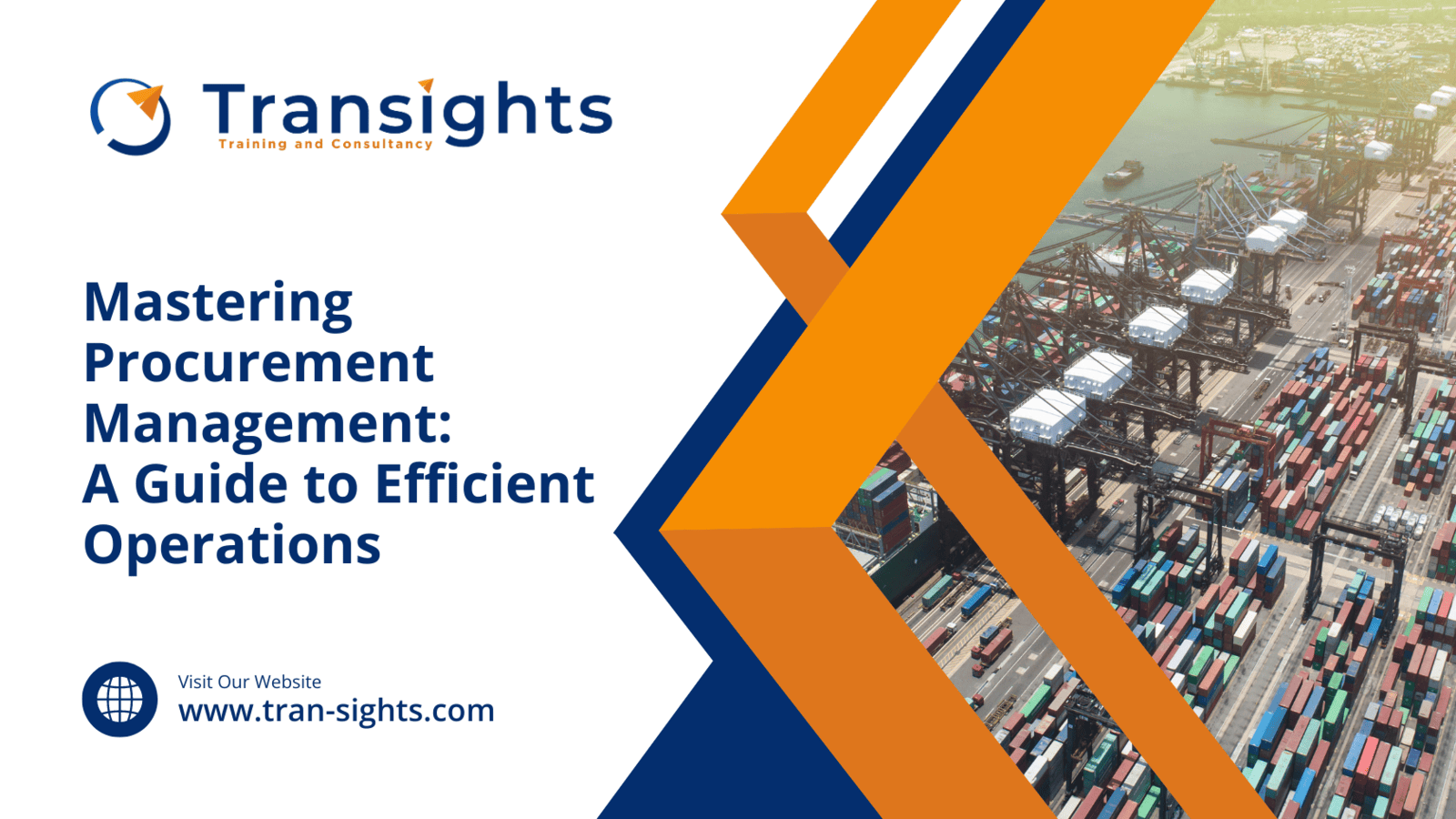
Procurement management plays a crucial role in the success of any organization, as it involves acquiring goods and services in the most cost-effective and efficient manner possible. From sourcing to contract negotiation to supplier relationship management, effective procurement strategies can drive down costs, improve quality, and streamline operations. In this comprehensive guide, we'll delve into the key components of procurement management and provide valuable insights into optimizing your procurement processes.
Understanding Procurement Management:
Procurement management encompasses a series of interconnected activities aimed at acquiring the necessary resources to support an organization's operations. These activities include:
- Sourcing: Identifying potential suppliers and evaluating their capabilities, pricing, and quality to ensure alignment with organizational needs.
- Negotiation: Engaging in discussions with suppliers to secure favorable terms, including pricing, delivery schedules, and service levels.
- Contract Management: Drafting, reviewing, and managing contracts to formalize agreements with suppliers and mitigate risks.
- Supplier Relationship Management (SRM): Cultivating positive relationships with suppliers to foster collaboration, drive innovation, and address any issues that may arise.
Best Practices in Procurement Management:
To optimize procurement operations and achieve sustainable cost savings, organizations can implement the following best practices:
- Strategic Planning: Align procurement activities with overall business objectives and develop a strategic sourcing plan to guide decision-making.
- Supplier Diversity: Embrace diversity and inclusion by engaging with suppliers from different backgrounds, which can lead to greater innovation and resilience in the supply chain.
- Risk Management: Proactively identify and mitigate potential risks, such as supply chain disruptions, geopolitical instability, or supplier bankruptcies, to ensure continuity of operations.
- Technology Adoption: Leverage advanced procurement technologies, such as e-procurement systems, supplier portals, and analytics tools, to streamline processes, enhance visibility, and drive efficiency.
- Performance Measurement: Establish key performance indicators (KPIs) to monitor procurement performance and identify areas for improvement, such as cost savings, supplier performance, and cycle times.
The Role of Sustainability in Procurement:
In today's increasingly environmentally and socially conscious world, sustainability has become a key consideration in procurement management. Organizations are under pressure to source goods and services from environmentally responsible suppliers and adhere to ethical labor practices. By incorporating sustainability criteria into supplier selection and contract negotiations, businesses can reduce their environmental footprint, enhance brand reputation, and contribute to long-term societal well-being.

